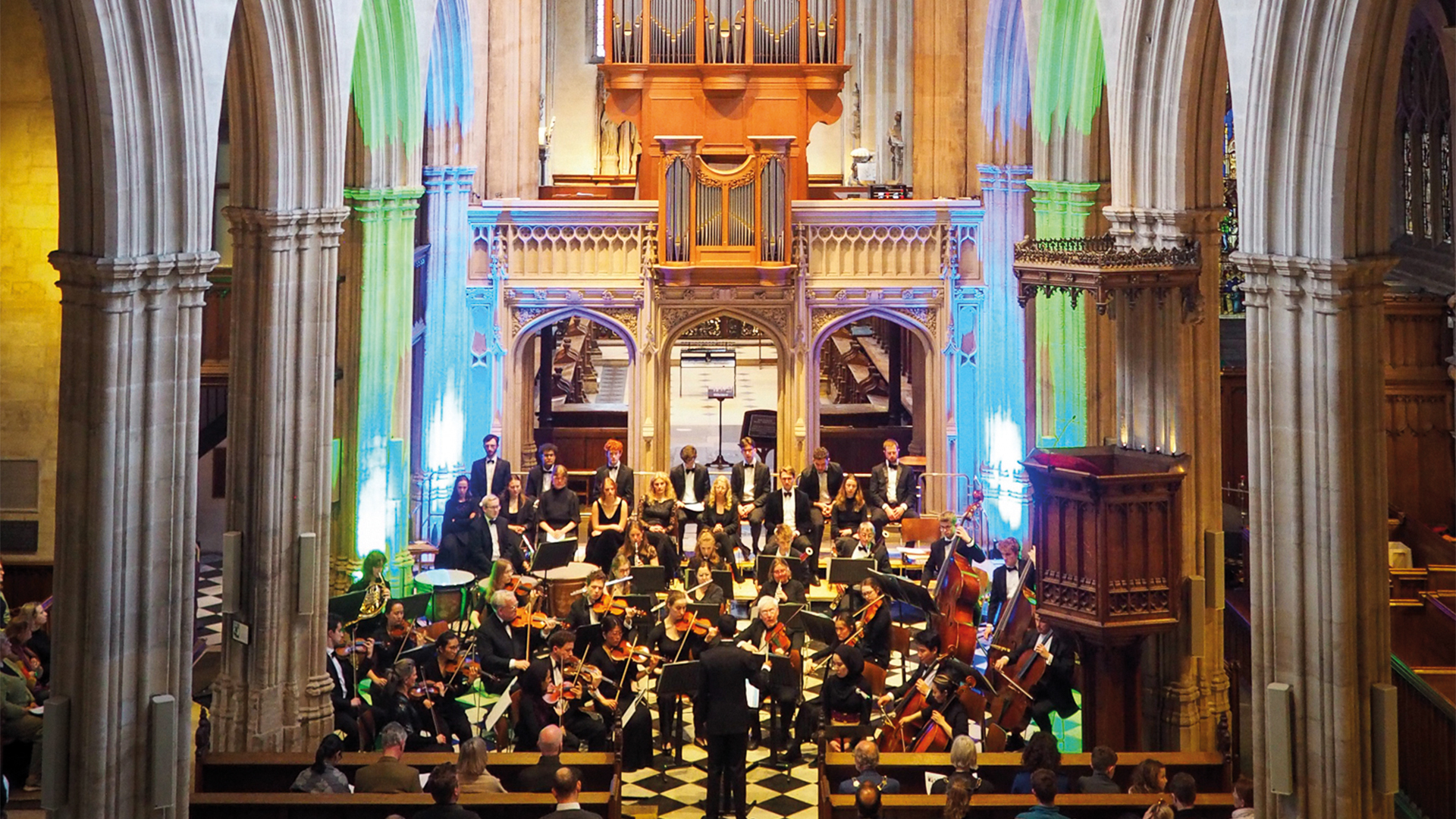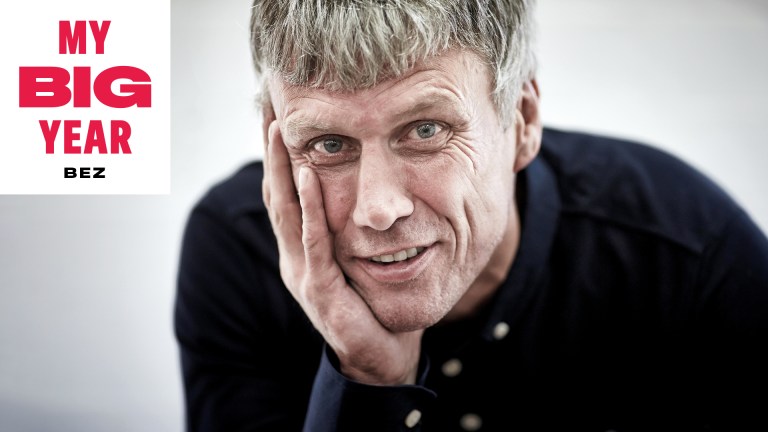From a receipt for a dog kennel to original manuscripts for some of the most famous British operas in the repertoire, the Britten Pears Arts Archive is packed with curiosities. Central to the collection are nearly 20,000 files comprising composer Benjamin Britten and tenor Peter Pears’s correspondence over the course of their 39-year relationship.
Decades on, there are still stories to be discovered about classical music’s tweediest power couple, hidden among the carefully preserved scribbled notes and scrawled reminders. Similarly, at the Beethoven exhibition held at the British Library back in 2021, although the draft for an early symphonic movement in C minor was coveted, it was the great composer’s shopping list – meat, bread, potatoes, mustard, horseradish, wine and rum – that was among the most engaging Beethoveniana.
It was devastating to learn, then, that at least 100,000 items including scores, some original manuscripts and memorabilia relating to composer Arnold Schoenberg were destroyed in the Los Angeles wildfires earlier this year. The sheet music was kept at his family’s music production company, Belmont Music Publishers. Larry Schoenberg, the composer’s son, committed the extremely relatable sin of only backing up on hard drives, which were also lost to the flames. “I didn’t use the cloud, I was a little bit worried about using it,” he told the Los Angeles Times. “Well, of course, now I wish I had everything in the cloud.”
- Celebrating 100 years of composer Pierre Boulez, a provocative musical thinker
- Classical music star André Rieu: ‘My parents couldn’t cope with me being happy. They were jealous’
- How classical music is taking cues from pop’s taste for retro
While many of the composer’s original works remain safely housed at the Arnold Schönberg Center in Vienna, the loss is significant. Schoenberg (1874-1951) pioneered the 12-tone method of composition, which uses a row of 12 notes in lieu of a harmonic centre, creating the first abstract ‘atonal’ music. (Not everyone was a fan of this radical approach: a concert featuring Schoenberg’s music in 1913 was nickname Watschenkonzert – ‘Slap’ concert – due to a fight it provoked. Composer Oscar Straus remarked it was ‘the most harmonious sound we got to hear all evening’.) Among the destroyed documents were letters between the composer and conductors who performed his works, creating a yawning musicological gap.
Maintaining such an archive demands resources. It’s no coincidence that it is largely our wealthier historic persons of interest who were able to keep reams of paperwork, cabinets of curiosities and shelves of interesting artefacts. (And, in many cases, establish foundations to oversee their cataloguing.) Holding on to letters or clippings from decades ago is not something that’s encouraged in an era when living space is at a premium. Neither is it culturally fashionable: tidying up has spawned an entire genre of TV programmes and social media accounts.
Having a choice about what knick-knacks to keep – the things that tell the story of our lives, rather than stuff that has monetary value – is an often-overlooked privilege. As someone who has previously trodden a fine line between collecting and hoarding, I feel safest surrounded by my things. Leaving everything behind is just one of many terrible realities facing displaced people – such real-life experiences are at the heart of Odyssey Ensemble‘s work.





